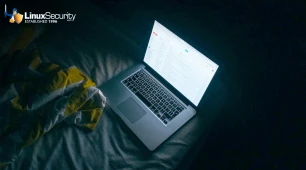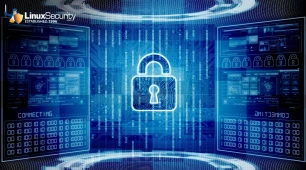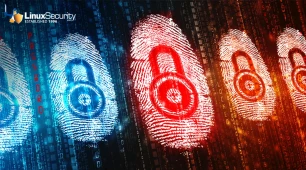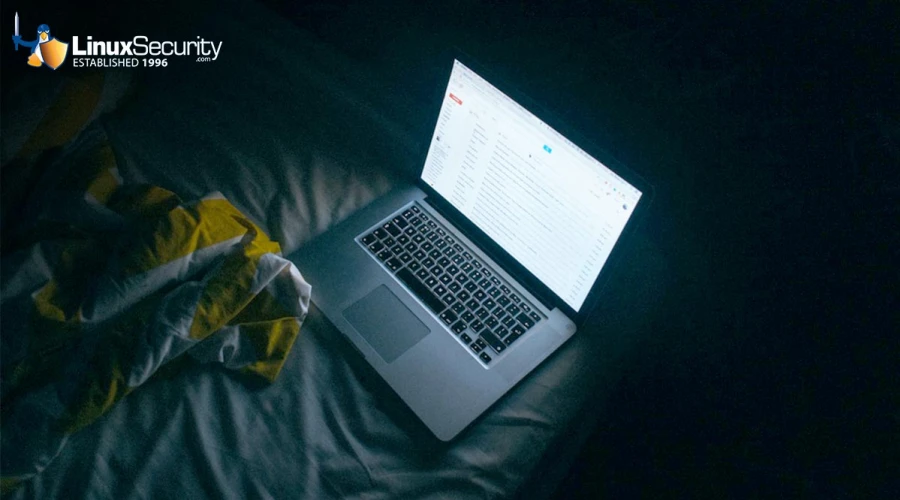
Are you a junior Linux sysadmin looking to securely manage your systems without diving into the complexities of the command line? Protecting your environment can seem daunting, whether you are new to Linux or expanding on existing knowledge. But we have good news! With a few straightforward strategies and intuitive tools, it is possible to improve the security of your system with relative ease.
From selecting a secure Linux distribution, managing software via reliable repositories, and customizing your setup with security in mind, this guide covers it all for you. Learn to secure file permissions, system settings, and Windows apps without typing commands! Let's simplify Linux system security so you can focus on your administrative tasks while ensuring your Linux environment remains stable and secure.
Selecting an Appropriate Linux Distribution
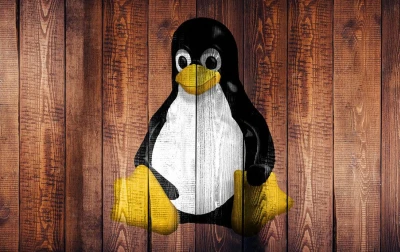 Securing Linux environments starts with choosing an appropriate distribution. For junior sysadmins, Ubuntu or Linux Mint provide an ideal balance between user friendliness and robust security features. They have strong communities backing them and regular security updates to address vulnerabilities swiftly.
Securing Linux environments starts with choosing an appropriate distribution. For junior sysadmins, Ubuntu or Linux Mint provide an ideal balance between user friendliness and robust security features. They have strong communities backing them and regular security updates to address vulnerabilities swiftly.
Ubuntu, for instance, provides Long Term Support (LTS) releases that are supported for five years to ensure your system remains secure for an extended period. LTS releases like Ubuntu prioritize security over convenience. Newcomer-oriented distributions equipped with preconfigured security settings and visual tools for managing updates, such as Ubuntu LTS releases, make maintaining a safe system much simpler without resorting to command line-only update management tools.
Customizing Your Linux Experience
A key aspect of Linux is the ability to personalize its environment to suit individual preferences, from aesthetics and usability improvements to system security considerations. Before making changes, always source themes, extensions, and tweaks from trusted repositories. Unknown or unverified sources could introduce malware or compromise system stability.
GNOME Extensions offers many customization options, but users must review community feedback and ratings before installation. Always download visual elements from reliable sources like Gnome-Look for download. Keep a watchful eye out for updates for these customizations to minimize the security threats they pose and ensure a personalized Linux experience without risking the safety of your system. Users can enjoy customized experiences without risking their system's integrity by taking such precautions.
Software Centers As A Way Of Ensuring Security
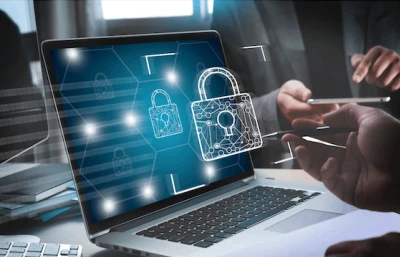 Installing and managing software with graphical software centers is an efficient and user-friendly way to ensure system security. Official software centers such as Ubuntu Software or Discover on KDE give access to carefully vetted repositories that reduce risk by regularly inspecting for malicious or compromised software installations.
Installing and managing software with graphical software centers is an efficient and user-friendly way to ensure system security. Official software centers such as Ubuntu Software or Discover on KDE give access to carefully vetted repositories that reduce risk by regularly inspecting for malicious or compromised software installations.
Graphical software managers streamline the process of applying updates, including critical security patches for installed apps. Staying current with software patches is one of the easiest and most effective ways to protect system security. Automatic update options are provided through graphical settings to ensure your system receives patches immediately without manual intervention, enhancing security, stability, and performance in Linux environments.
Effective File Management
Effective file management is at the heart of a secure Linux system. Graphical file managers such as Nautilus (Files) on GNOME or Dolphin on KDE make setting permissions and managing encrypted files easier. You can navigate your filesystem easily using drag-and-drop features while changing permissions through intuitive interfaces.
Setting file permissions properly ensures that only authorized users can access sensitive data, decreasing the risk of unauthorized access. In addition, many graphical file managers offer features for handling encrypted files to add a layer of protection for confidential data. Such tools enable junior system administrators to manage file security effectively without relying on command-line knowledge.
Adjusting System Settings and Configs
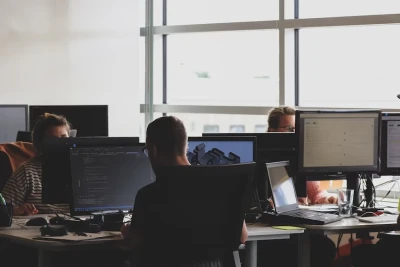 Graphical interfaces can make managing necessary security configurations much simpler. From configuring firewall settings to user access management to setting up automatic updates, these tools make everything accessible even for users unfamiliar with the command line.
Graphical interfaces can make managing necessary security configurations much simpler. From configuring firewall settings to user access management to setting up automatic updates, these tools make everything accessible even for users unfamiliar with the command line.
Ubuntu distributions provide comprehensive interfaces for managing system settings through tools like Ubuntu's Settings app or openSUSE's YaST control center, offering comprehensive interfaces for changing system-wide configuration options. GUI-based firewall configuration tools like GUFW (Graphical Uncomplicated Firewall) enable you to manage firewall rules effectively, ensuring your system is protected from unwanted network traffic.
User access management is another essential aspect of system security. Graphical tools designed for user management allow administrators to set strong password policies, create and delete users, and assign appropriate permissions without directly editing configuration files. Junior sysadmins can use intuitive user management interfaces like these to implement essential measures quickly.
Running Windows Apps Securely
While running Windows applications on Linux may be essential for various reasons, doing so requires special care not to compromise system security. Virtualization software like Wine can allow you to do just this, but it must be configured and isolated properly before being run on the host operating system.
Wine can run numerous Windows applications, but to maintain security, only trusted applications must be installed within this environment. Tools like Bottles or Proton (for gaming on Steam) provide built-in security measures with regular updates.
Virtualization software such as VirtualBox or VMware offers another approach. It enables you to create isolated environments where Windows applications can run without directly impacting the host system. Regularly updating and patching these virtual environments can significantly decrease any risks related to malware attacks or other security threats.
Performing Regular Backups
Regular backups are integral to a secure Linux system, protecting data against accidental loss, corruption, or ransomware attacks. Many distributions offer user-friendly backup tools, like Deja Dup on GNOME systems, that make this task easy and user-friendly.
These tools simplify automating backup processes, ensuring your data is regularly and reliably backed up without manual intervention. By keeping backups on external drives or cloud services, you can protect and quickly restore your system in case of system failure or security breaches. Making regular backups a part of your routine improves the resilience and security of Linux environments.
Securing Network Connections
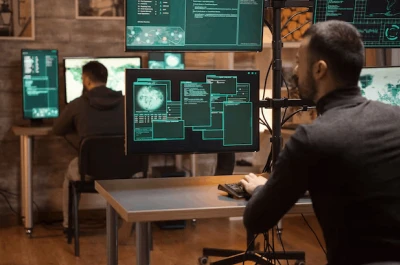 Protecting network connections is critical for defending against external threats to your system. Graphical network management tools like NetworkManager provide easy interfaces for configuring settings and assuring secure connections. Additionally, they support VPN configurations, allowing secure tunnels for encrypted communications on the Internet.
Protecting network connections is critical for defending against external threats to your system. Graphical network management tools like NetworkManager provide easy interfaces for configuring settings and assuring secure connections. Additionally, they support VPN configurations, allowing secure tunnels for encrypted communications on the Internet.
Utilizing a VPN protects your data from interception and masks your IP address to increase privacy. Network management tools often include options for configuring secure Wi-Fi connections to ensure all network traffic is encrypted and reduce the risk of unauthorized access.
Our Final Thoughts on Simplifying Secure Linux Administration
With the appropriate approach and tools, securing your Linux system without delving into its command line is well within reach. By choosing a security-focused Linux distribution, customizing your environment carefully, and managing software through trusted graphical centers with user-friendly file and system management tools, you can ensure an effective security posture for your system. Running Windows applications and securing network connections effectively requires proper configuration and isolation. Regular backups provide essential data protection against unexpected incidents.
As a junior Linux sysadmin, using these practical tools and best practices will allow you to build a safe and stable environment while increasing your knowledge and confidence in Linux administration. By prioritizing security while taking advantage of user-friendly interfaces, you'll navigate the Linux landscape with ease and confidence!
Have additional questions about navigating Linux administration without delving into the Command Line? Reach out to us @lnxsec - we're here to help!













